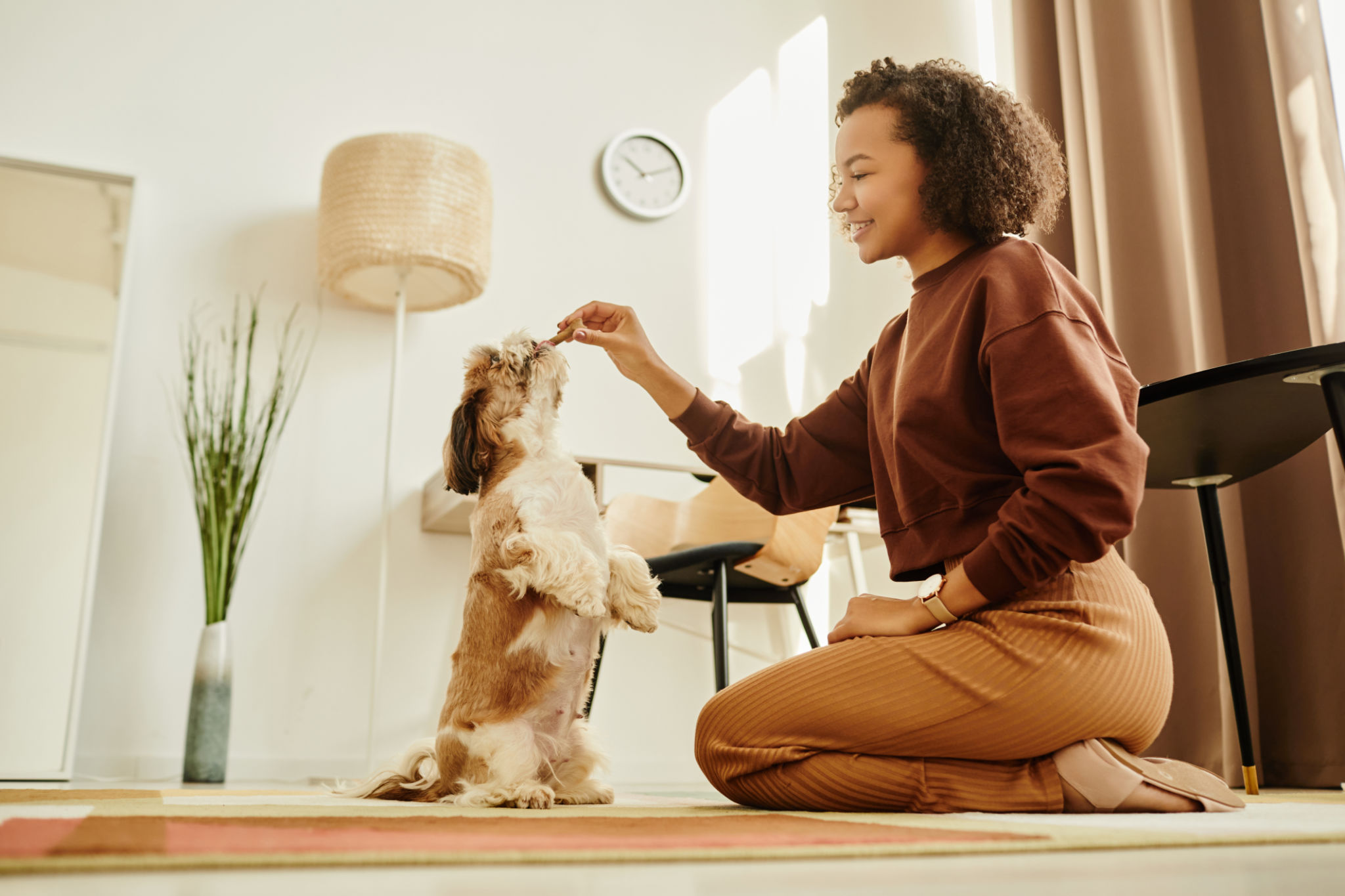DIY Dog Training Tips: Boosting Your Dog's Skills at Home
DR
Introduction to DIY Dog Training
Training your dog at home can be a rewarding experience for both you and your furry friend. Not only does it strengthen the bond between you, but it also provides mental stimulation and physical activity for your pet. Whether you're teaching basic commands or fun tricks, DIY dog training is an effective way to boost your dog's skills from the comfort of your home.
Getting Started with Basic Commands
Before diving into complex tricks, it's crucial to start with basic commands such as sit, stay, and come. These foundational skills are essential for your dog's safety and can make daily life more manageable. Begin by using positive reinforcement techniques like treats and praise to encourage your dog. Consistency is key, so practice these commands regularly.

Establishing a Routine
Dogs thrive on routine, and incorporating regular training sessions into their daily schedule can lead to better results. Aim for short, consistent sessions of about 10-15 minutes each day. This approach prevents your dog from becoming overwhelmed and keeps them engaged. Remember, patience and persistence are vital while establishing a training routine.
Fun Tricks to Teach Your Dog
Once your dog has mastered the basics, it's time to move on to some fun tricks! Teaching tricks like shake hands, roll over, or play dead can be entertaining for both you and your pet. Use the same positive reinforcement methods and break down each trick into small, manageable steps.

Using Clicker Training
Clicker training is an effective method to teach new skills and reinforce good behavior. The clicker provides a precise way to mark the desired behavior, followed by a reward. Begin by associating the clicker sound with treats so your dog learns to link the two. Once this association is made, use the clicker during training sessions to enhance your dog's learning process.
Troubleshooting Common Challenges
During your DIY dog training journey, you may encounter some common challenges such as lack of focus or stubborn behavior. To address these issues, consider the following tips:
- Break down tasks: If your dog seems confused, simplify the task into smaller steps.
- Minimize distractions: Train in a quiet environment to help your dog concentrate.
- Stay patient: Remember that every dog learns at their own pace.

Incorporating Socialization
Socialization is a crucial aspect of training that helps your dog become well-adjusted and confident in various environments. Arrange playdates with other dogs or take trips to different places like parks or pet-friendly stores. This exposure helps your dog learn how to behave around others and adapt to new situations.
Conclusion: Celebrate Your Success
As you progress with DIY dog training, celebrate each success along the way. Every new skill or improved behavior is a testament to your efforts and dedication. Keep training sessions fun and engaging, and always reinforce positive behavior with praise and rewards. By investing time in training at home, you're setting the foundation for a well-behaved and happy canine companion.
